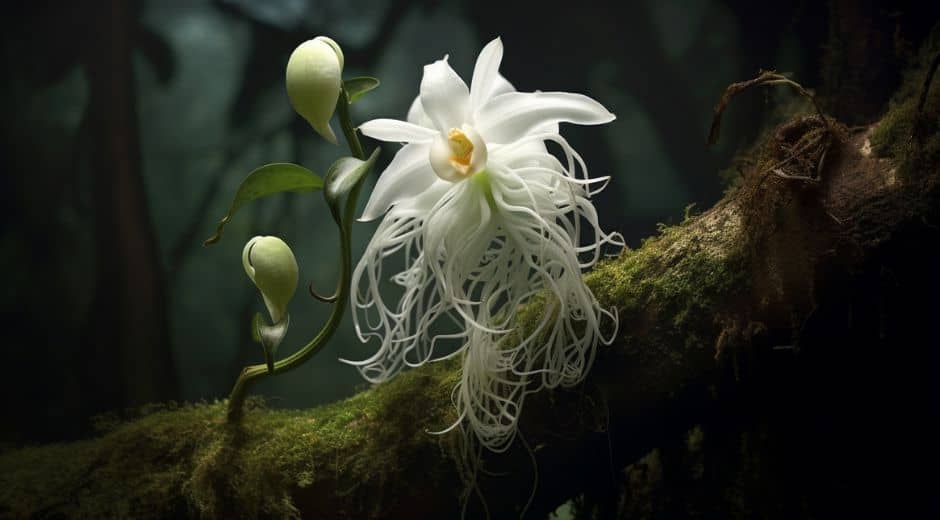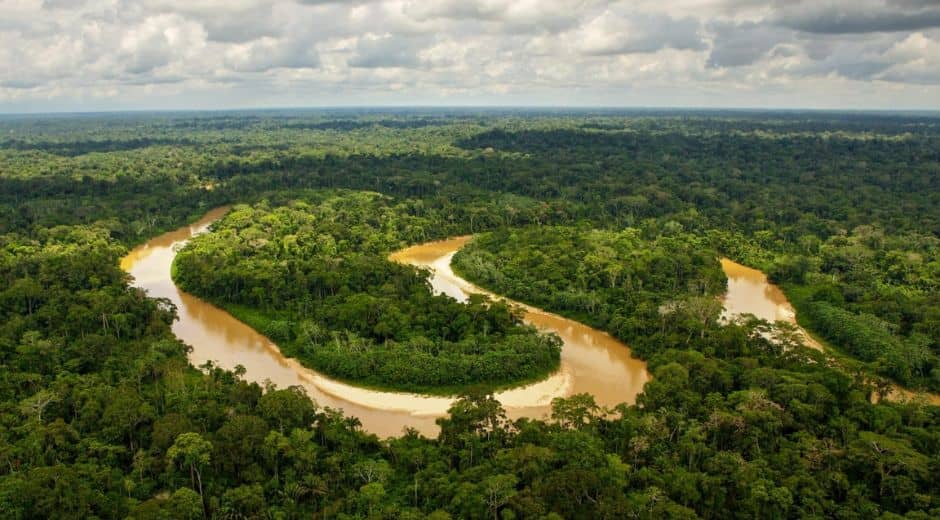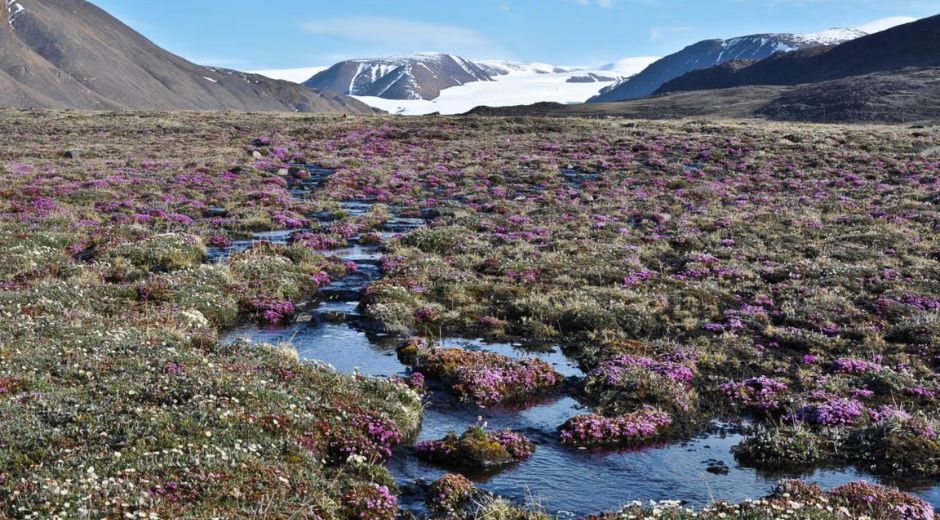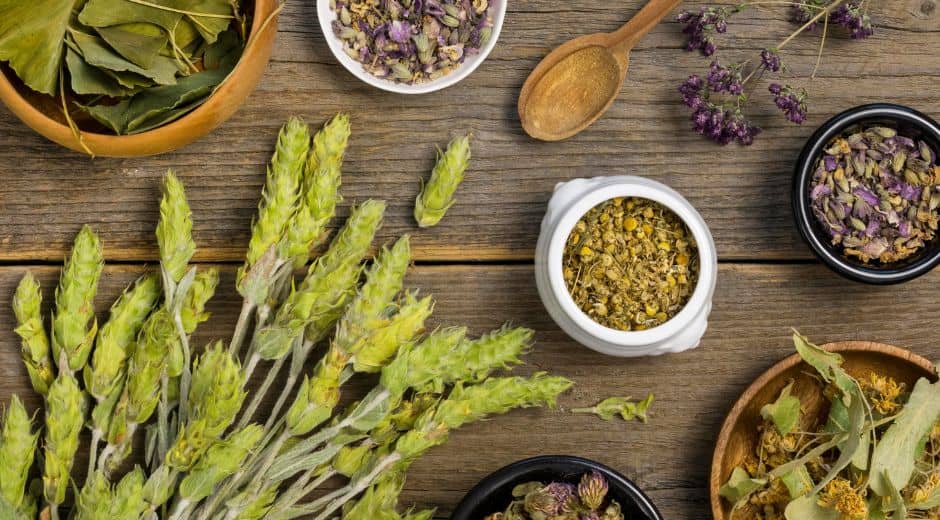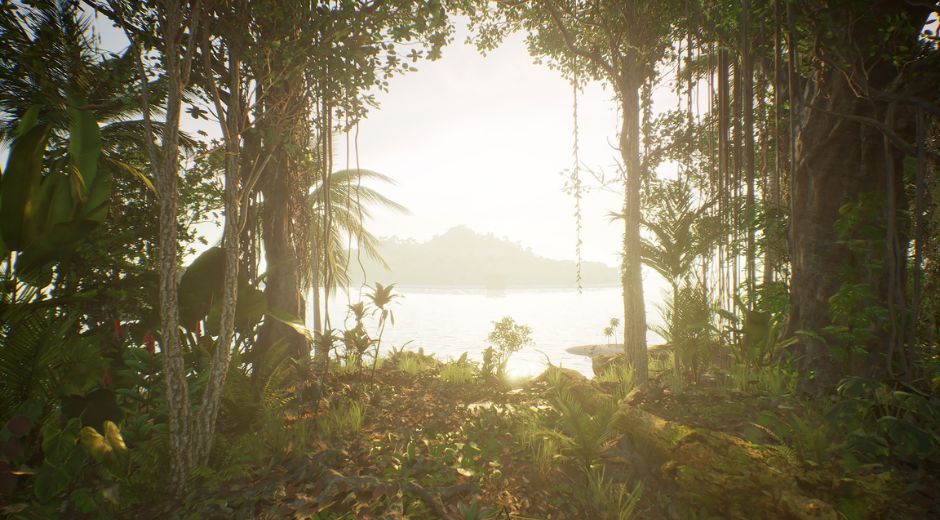Sahara Flora Secrets: Plants That Survive the Desert
Sahara Flora Secrets: Plants That Survive the Desert
The Sahara Desert, the world’s largest hot desert, is often imagined as an endless expanse of sand and scorching heat. Yet beneath its arid surface lies a surprising variety of flora that has adapted to survive the harshest conditions. The plants of the Sahara are not only resilient but also fascinating in their ability to endure extreme temperatures, scarce water, and shifting sands. From towering succulents to tiny, hidden herbs, this desert hosts a unique botanical world that tells stories of evolution, survival, and ecological balance.
1. Date Palm (Phoenix dactylifera)
The iconic date palm is a lifeline in many Sahara oases. Its long roots penetrate deep into underground water sources, allowing it to thrive where other plants cannot. Beyond providing shade and sustenance, date palms play a critical role in preventing soil erosion in sandy regions. The desert’s date palms have been central to human survival for centuries, forming the backbone of oasis settlements and agricultural systems. Modern studies even highlight their ecological importance, as these palms support local biodiversity and contribute to maintaining microclimates in the dunes.
2. Desert Rose (Adenium obesum)
The desert rose is a striking succulent that grows in arid regions of the Sahara. Its swollen stem stores water, allowing it to survive long drought periods. Beyond its functional adaptation, the desert rose captivates with its vibrant flowers, which bloom even under extreme conditions. Researchers studying desert flora often cite the desert rose as a prime example of nature’s resilience. For more information on desert-adapted plants worldwide, check out EcoGlobalo, which features detailed studies on flora thriving in extreme ecosystems.
3. Acacia Trees
Acacia trees are another hallmark of the Sahara’s vegetation. Their deep roots access underground water, and their feathery leaves minimize water loss. These trees provide shelter and food for both animals and humans in desert environments. Interestingly, some species of this arid region’s acacia have developed symbiotic relationships with ants, which protect the trees from herbivores, showcasing an extraordinary adaptation to desert life.
4. Desert Cactus (Opuntia spp.)
Cacti, though more commonly associated with the Americas, are present in parts of the Sahara, particularly those introduced or naturalized over time. Their thick, fleshy pads store water, and spines reduce moisture loss while protecting the plant from grazing animals. The vast desert’s cacti are also important for local wildlife, offering both food and shelter in an unforgiving environment. For enthusiasts interested in desert ecosystems, Zoopora provides fascinating insights into how desert plants and animals coexist in extreme habitats.
5. Saharan Sage (Salvia spp.)
Saharan sage is a hardy herb that thrives in sandy, dry soils. Its aromatic leaves serve as a natural deterrent for herbivores, while also attracting pollinators. This plant illustrates the subtle, often overlooked flora of the Sahara, which plays a critical role in maintaining ecological balance. Despite its modest size, Saharan sage contributes to soil stabilization and supports the desert’s fragile food web.
6. Desert Thyme (Thymus spp.)
Desert thyme grows close to the ground, minimizing exposure to the sun while maximizing moisture retention. In this arid region, this small plant is a vital source of nutrients for insects and small mammals. Its essential oils also provide medicinal properties, historically used by local populations to treat minor ailments. Desert thyme’s presence across the dunes highlights how even the smallest flora can significantly impact desert ecosystems.
7. Euphorbia (Euphorbia spp.)
Euphorbia species in the vast desert are characterized by their thick, water-storing stems and spiny protection mechanisms. They survive extreme heat and poor soil conditions, thriving where few others can. These plants are a perfect illustration of the ingenuity of desert flora. Conservationists studying the Sahara’s plants often use euphorbia as a model species to understand drought resistance and ecological resilience.
8. Frankincense (Boswellia spp.)
Frankincense trees, while rarer in the Sahara, contribute both ecological and economic value. Their resin has been harvested for centuries for incense and traditional medicine. The desert’s frankincense trees demonstrate the symbiotic relationship between humans and desert plants, showing how flora adapts to both natural and anthropogenic pressures.
9. Desert Lily (Pancratium spp.)
The desert lily is a bulbous plant that blooms after rare rainfall events, turning the Sahara’s sandy expanses into fleeting carpets of white flowers. Its short-lived flowering season exemplifies the strategies desert plants employ to survive and reproduce in extreme climates. These lilies also provide nectar for pollinators, maintaining essential ecological processes.
10. Camel Thorn (Acacia erioloba)
Camel thorn trees anchor desert soils and provide essential shade and forage for wildlife. In many regions of the vast desert, camel thorn supports both the local fauna and nomadic human populations. Its deep roots and drought tolerance make it an iconic representative of the Sahara’s resilient flora.
Conclusion
The plants of this arid region are more than survivalists—they are storytellers, each species revealing lessons in adaptation, resilience, and ecological balance. From towering palms to tiny herbs, the desert’s flora demonstrates the remarkable ability of life to thrive in extreme conditions.
For those curious about desert ecosystems and their conservation, explore more in-depth insights on BioNatureVista, where local flora, their ecological roles, and the strategies employed to protect them are highlighted in detail.
Nature Inspires Every Step

How Tundra Wildlife Survives Extreme Arctic Conditions
How Tundra Wildlife Survives Extreme Arctic Conditions

Life Above the Trees: Exploring the Rainforest Canopy
Life Above the Trees: Exploring the Rainforest Canopy






